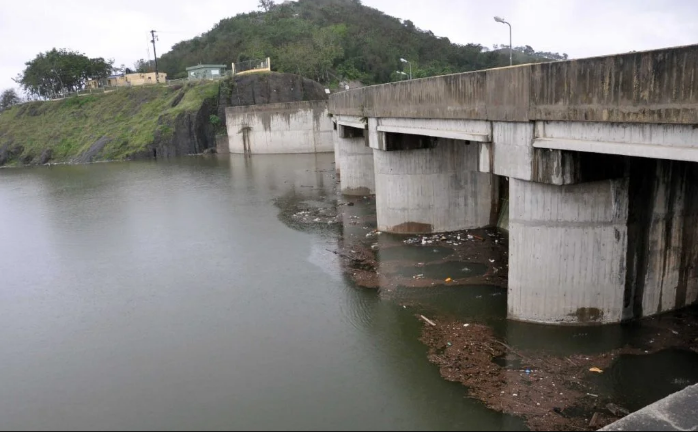
The Dominican Institute of Hydraulic Resources (Indrhi) has told El Nacional newspaper reporters that the drought is over and that they have lifted the restrictions on water use throughout the country.
Olgo Fernández, the head of Indrhi, told reporters that farmers have the green light to plant because it has been raining in the Cibao, the South and the Northwest Line over the past few weeks. Indrhi reported that there is enough water for the farmers of La Vega, Santiago Espaillat, Maria Trinidad Sanchez, Sanchez Ramirez, Duarte, Valverde, Montecristi and Dajabon to begin their preparations for the spring harvest. He also announced that there is sufficient water for the farmers in Azua and Barahona to go to work.
Since October 2018, the majority of the Dominican Republic has suffered from a lack of water that reduced the rice harvests of June and July and caused millions in losses by farmers and ranchers in Santiago Rodriguez, Montecristi and Dajabon.
The water levels at Hatillo, Tavera, Moncion, Sabana Yegua and Sabaneta are now stable and will permit human and farm use. Fernandez did note that there were some restrictions on the use of water from Valdesia and Higuey Aguacate to maintain an adequate supply of drinking water for Greater Santo Domingo. Baní has limits for agriculture because its main products are plantains and mangos.
In Santo Domingo, Alejandro Montas, the head of the Santo Domingo Water and Sewer Corporation (CAASD) announced an improvement is the water supply due to increased rainfall along the southern slopes of the Central Mountains. He said that six million additional gallons had entered the system. He noted that the water flow into the Jiguey Reservoir, which is fed by the Nizao River, increased to 8.8 mt3/sec. The Haina system has increased its level by 26 inches and is now being used to the fullest. This system serves West Santo Domingo and the National District.
However, the CAASD chief also urged the population to continue to use water as if there was a scarcity. Conservation is the watchword. Besides, there is still a fleet of water tank trucks out there supplying water to areas with sparse service from the CAASD.
Read more in Spanish:
El Nacional
El Nacional
16 December 2019

